LG, Samsung, Apple or Essential: who did 'all-screen' best? (poll results)
We asked you recently whose approach to a "bezel-less," "all-screen" or whatchamacallit panel with minimum amount of side, top and bottom bezels can be named. Nearly all major manufacturers went that route with at least one handset, and some with whole lineups, so it's a growing trend that is likely to become the norm next year, and even go to the midrangers, so it's important to judge whose approach may stick with users better.
Almost half of our 4413 respondents chose Samsung's thin strips and curved edges as the best solution to the all-screen conundrum, with LG a runner up at a quarter of the votes. Next in line is Xiaomi with its impressive Mi Mix 2, and the rest is split between Apple's notch-y iPhone X, and the Essential Phone, whose screen cutouts are a tad challenging for devs to work around.
In years past, when phone makers touted their phones as bezel-less, they usually meant thin side rim, but after it became clear that Apple is working on an "all-screen" phone with OLED display last year, there was a rush to trim the top and bottom bezels, too, as nobody seemed sure how exactly it would look like. Nearly all major brands pierced the 80% screen-to-body ratio this year, but had different approaches to the "all-screen" solution in terms of shapes and forms, and we wanted to know which one is your favorite so far.
From the LG G6, through the Galaxy S8 and Note 8 or the Essential Phone, all the way to the upcoming iPhone X, and even the Mate 10, phone bezels aren't what they used be. Almost every major manufacturer, save for Sony and HTC, outed handsets with great screen-to-body ratios this year.
Barring Sharp, which has been making georestricted to Japan headless phones with its EDGEST design for a good while, it all arguably started with the Mi Mix last fall, when Xiaomi released a handset that had the top and bottom bezels shaved off to a minimum, and a screen with 17:9 aspect ratio.
The ratio then moved to a more standard 18:9 Univisium aspect with the LG G6, then to 18.5:9 with the Galaxy S8 and Note 8, and to 19:9 with the iPhone X. If we extract the on-screen navigation strip or the status bar surrounding the notch of the iPhone, those gravitate towards the 18:9 mark, too, so we can say that this is the new normal for a high-end phone screen, and next year it will likely move down to the midrangers as well, like it or not.
This new aspect ratio is a bit misleading, as it allows phone makers to tout that they've housed enormous screen sizes in very compact bodies, but, since the handsets are taller and narrower, in terms of screen area the 16:9 standard would win for the same screen size any day of the week. The ways that phone makers approached the task to make "all-screen" phones with high screen-to-body ratios, however, differ drastically, and nowhere is that more visible than in the bezel-trimming solutions.
Follow us on Google News

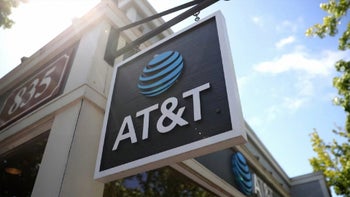
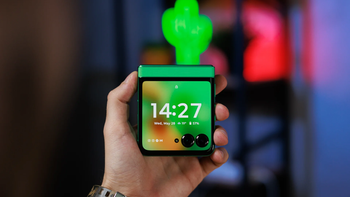
![T-Mobile customers with 4G-only and early 5G phones will soon need to upgrade [UPDATED]](https://m-cdn.phonearena.com/images/article/174676-wide-two_350/T-Mobile-customers-with-4G-only-and-early-5G-phones-will-soon-need-to-upgrade-UPDATED.webp)
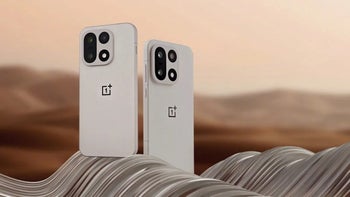
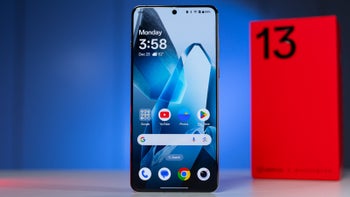
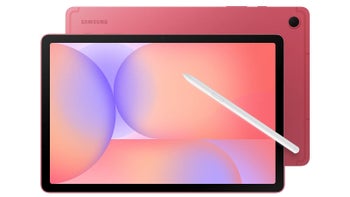
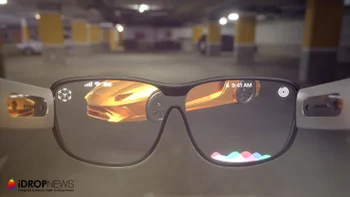
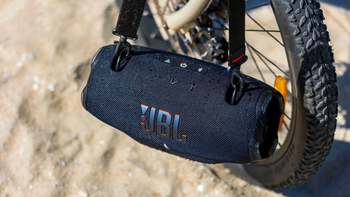
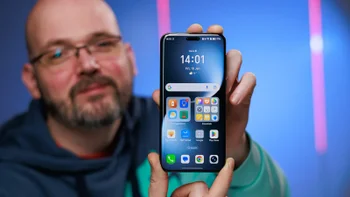
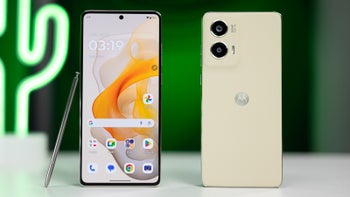
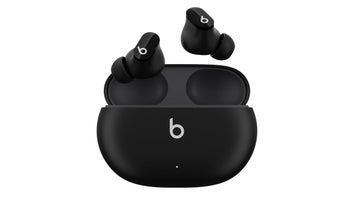
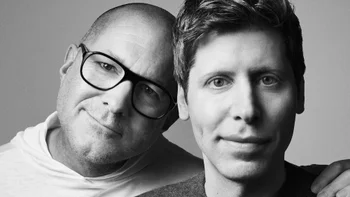
Things that are NOT allowed:
To help keep our community safe and free from spam, we apply temporary limits to newly created accounts: